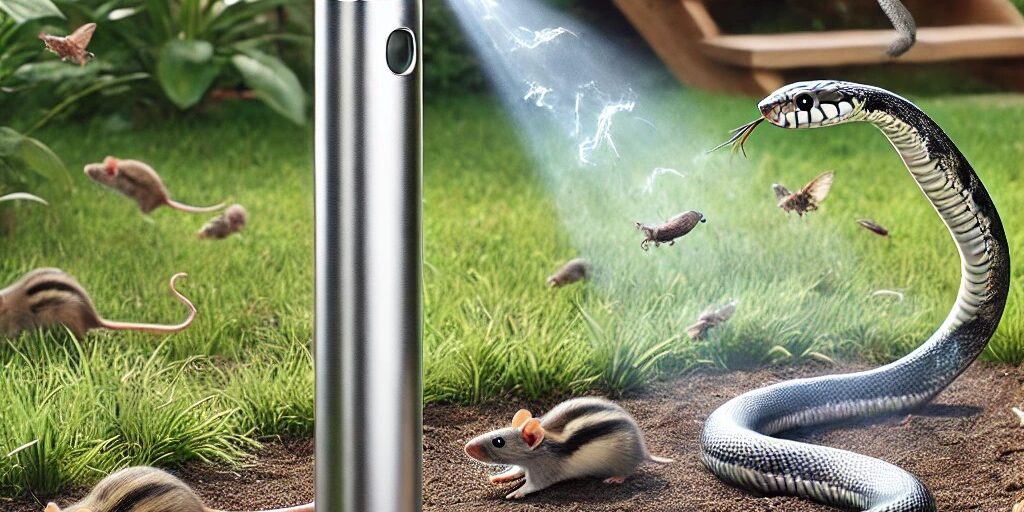Snakes and rodents are two common pests that can pose significant problems for homeowners and property owners alike. While snakes are often feared due to their potential for venomous bites, rodents such as mice and rats are well-known for causing damage and spreading diseases. However, there is a fascinating correlation between these two pests, making the use of snake repellent in conjunction with ultrasonic rodent repellent a highly effective strategy. This article explores why this combination is so successful in driving both snakes and rodents away from your premises.
The Relationship Between Snakes and Rodents
Before delving into the effectiveness of this combination strategy, it’s crucial to understand the relationship between snakes and rodents. Rodents, including mice and rats, are a primary source of food for many snake species. Snakes are opportunistic predators, and when they find a steady source of rodents near a property, they are more likely to linger in the area. This creates a situation that property owners often find undesirable, as snakes can pose risks to human safety and become unwanted guests on their premises.
Ultrasonic Rodent Repellent: The Foundation
Ultrasonic rodent repellent devices are becoming increasingly popular for their ability to deter rodents without using toxic substances or traps. These devices emit high-frequency sound waves that are inaudible to humans and most pets, but highly disruptive to rodents. The ultrasonic sound waves cause discomfort and disorientation for rodents, ultimately driving them away from the affected area.
The Role of Ultrasound in Snake Removing
The same high-frequency sound waves that repel rodents can also have an impact on snakes. Snakes are highly sensitive to vibrations and sounds, as they use these senses for hunting and navigation. When exposed to ultrasonic waves generated by rodent repellent devices, snakes can become disoriented and agitated, making the area less hospitable for them.
Snake Chaser: Periodical Vibration
In addition to the discomfort caused by ultrasonic waves, some snake repellent devices, known as snake chasers, generate periodical vibrations. These vibrations mimic the movement of potential threats or predators, creating a sensation that snakes perceive as a danger signal. This sensation triggers their flight response, causing them to flee the area.
The Synergy of Snake Chaser and Ultrasonic Rodent Repellent
By combining snake repellent with ultrasonic rodent repellent, property owners create a powerful deterrent system that targets both snakes and the primary food source that attracts them—rodents. This synergy not only repels the snakes directly but also makes the environment less inviting for rodents. As the rodent population dwindles, the snakes lose their food source and are more likely to seek out alternative locations for hunting.
The Benefits of a Combo Model
Utilizing a combo model of snake repellent and ultrasonic rodent repellent offers several key advantages:
- Comprehensive Pest Control: This approach addresses both snakes and their rodent prey, providing comprehensive pest control.
- Environmentally Friendly: It avoids the use of harmful chemicals or traps, promoting an eco-friendly solution to pest problems.
- Low Maintenance: These devices typically require minimal maintenance and are easy to install, offering long-term protection.
- Non-lethal: The combination approach does not harm the snakes or rodents but simply encourages them to relocate.
- Cost-Effective: Over time, investing in repellent devices can be more cost-effective than continually battling infestations or employing extermination services.
We can say
The combination of snake repellent with ultrasonic rodent repellent is an effective strategy for driving both snakes and rodents out of your premises. By creating a hostile environment for these pests, property owners can enjoy a safer and pest-free living or working space. This environmentally friendly, low-maintenance, and cost-effective approach offers a long-term solution to the common problem of snake and rodent infestations.

